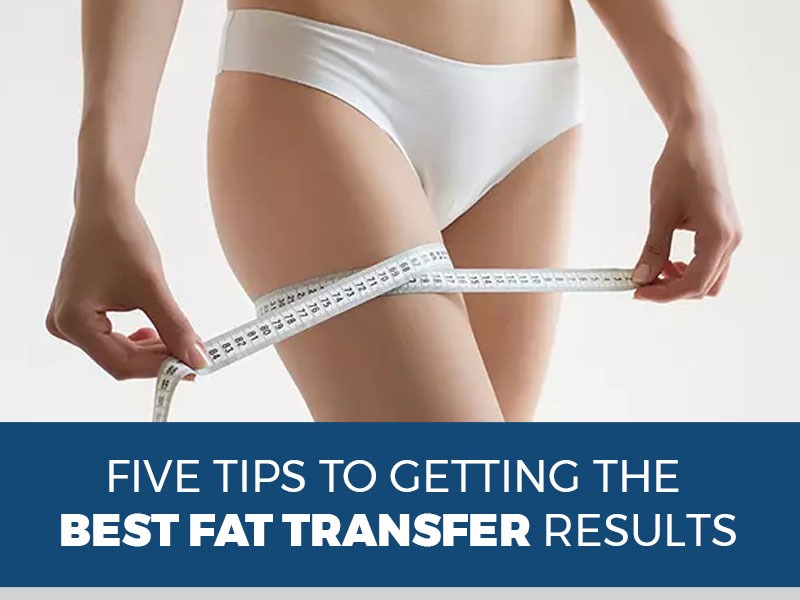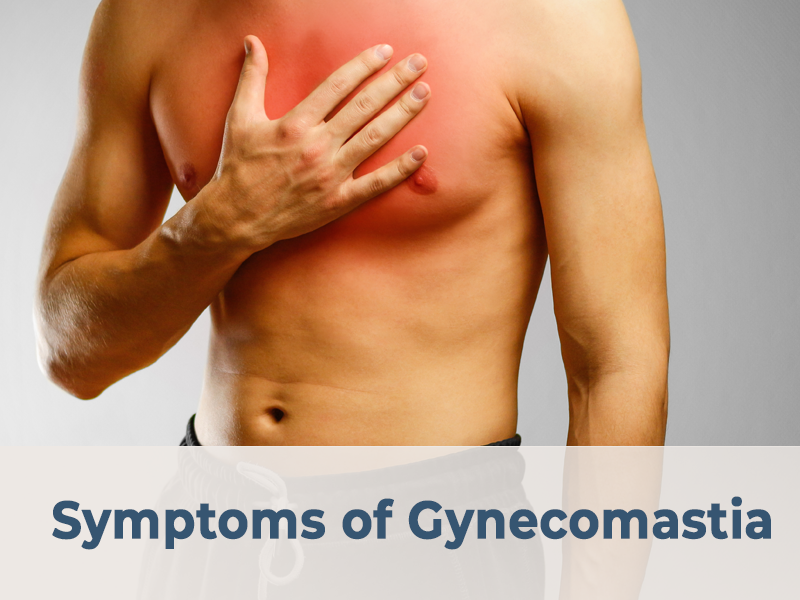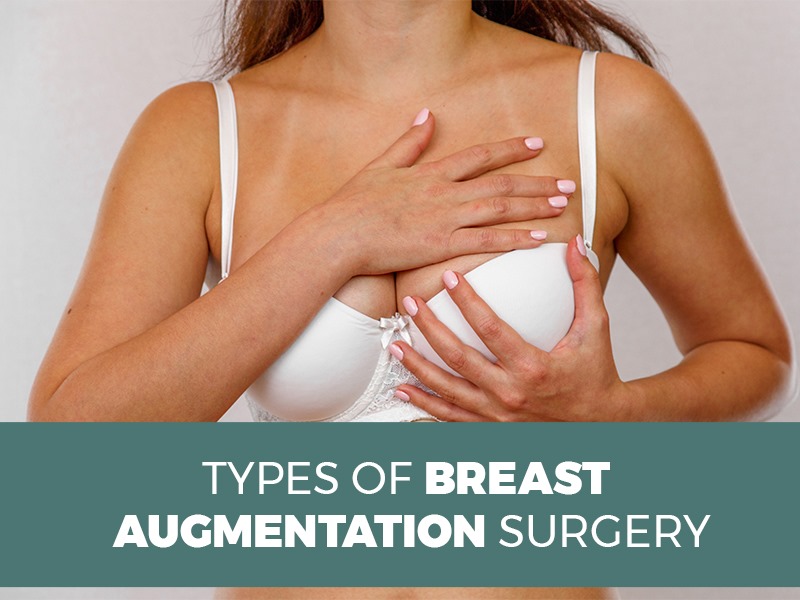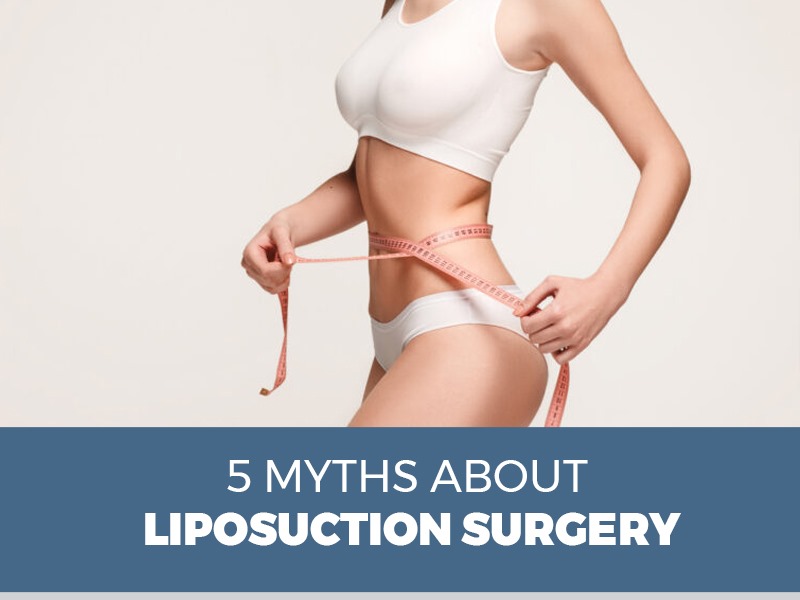Tips for Weight Loss after Pregnancy
While pregnancy is a welcoming experience, it can also leave new mothers with some extra weight that they could wish away. According to Dr. P.K. Talwar-the leading cosmetic and plastic surgeon in Delhi, the treatment for weight loss has to be holistic, therefore diet, exercise, lifestyle modification along with medicinal intervention like liposuction or abdominoplasty, where required. Here’s a step-by-step guide to weight loss post-pregnancy as guided by recommendations by Dr. Talwar. 1. Begin with a Balanced Diet The first thing to be done, for losing weight after delivery, is your diet. As Dr. P.K. Talwar points out, “Maintain a balanced diet rich in nutrients.” So, focus on consuming the whole food group, like: Fruits and Vegetables: These are low-calorie but high in fiber and vitamins. Lean Proteins: Chicken, fish, eggs, and legumes make you feel full and give essential nutrients. Whole Grains: Brown rice, oats, and whole wheat bread are energy-rich. Replace unhealthily processed, sugar-rich foods in snacks and soda. Those empty calories can sabotage your weight loss. Chow down on smaller, more frequent meals to sidestep your metabolism and avoid overeating 2. Move Your Body Exercise will be a big part of your recovery to get you back into that pre-pregnancy shape. Your body needs time to heal and recover from the birth, so begin with simple, gentle activities: The activities include: Walking: A gentle and effective way to begin to start moving. Postnatal Yoga: It focuses on strengthening the core and enhancing flexibility. Pelvic Floor Exercises: Strengthening pelvic muscles and helping recover. As you build strength, you can add more intense exercises. 3. Hormonal Changes and Medication Hormonal changes post-pregnancy can also influence weight loss. According to Dr. Talwar, after childbirth, most new mothers are found to have hormonal imbalances, which may further slow down the metabolism and cause additional weight gain. In this respect, some professional advice from a doctor is recommended. 4. Lifestyle Changes for Weight Loss Few lifestyle changes can help you reach weight loss. Sleep: Quality sleep is very crucial for weight loss. A person who suffers from sleep deprivation suffers an unhealthy food craving due to the effect on the metabolism level. Try to keep yourself rested by getting 7-9 hours of rest every night. If the baby’s sleep is unpredictable, try napping whenever the baby naps. Stress Management: One of the major causes of emotional eating is stress. Techniques in mindfulness and meditation as well as breathing can assist you in removing the stress factor that causes overeating. 5. When Diet and Exercise Are Not Enough: Medical Interventions After some undesirable results from lifestyle change, diet, and exercise, Dr.P.K Talwar, best cosmetic surgeon in Delhi, recommends surgical interventions like liposuction or abdominoplasty, also known as a tummy tuck for body contouring. Liposuction: This surgical intervention removes excess fat in resistant places like the stomach, thighs, and hips. It’s a perfect solution for people who, despite dieting and exercising, are not able to shed off body fats. Abdominoplasty or Tummy Tuck: This procedure removes excess skin from the abdominal area and tightens the stretched abdominal muscles. Further, more support to sagging skin around the tummy, producing a smoother and firmer look on the stomach area, is offered by an abdominoplasty. The interventions help mothers regain their pre-pregnancy figure. For tummy tuck and liposuction surgery in Delhi, visit the official website of Dr. P.K.Talwar 6. Expert Opinion Weight loss after pregnancy varies from woman to woman. While some women have extreme weight and have to lose considerably, others do not have an excessive amount of weight. A pregnant lady needs professional guidance to devise the best weight loss plan which is suited to her individual needs. To lose weight through diet, exercise, medication, or surgery, Dr. P.K. Talwar offers expertise to tailor an approach for you. Visit Dr. P.K. Talwar’s official website for more personalized advice and support. Final Words Losing weight after having a baby is very gradual and should always be approached in a balanced fashion. So first and foremost, get the right diet, some form of regular exercise, and lifestyle changes. If these alone don’t work then you can look for medical interventions like liposuction or abdominoplasty under the expert guidance of a doctor such as Dr. P.K. Talwar. The concept again here is patience and pursuing it in a methodical manner. Come and discuss your weight loss journey with Dr. P.K. Talwar for expert consultation. To know more visit Dr. P.K. Talwar’s website.
Tips for Weight Loss after Pregnancy Read More »






